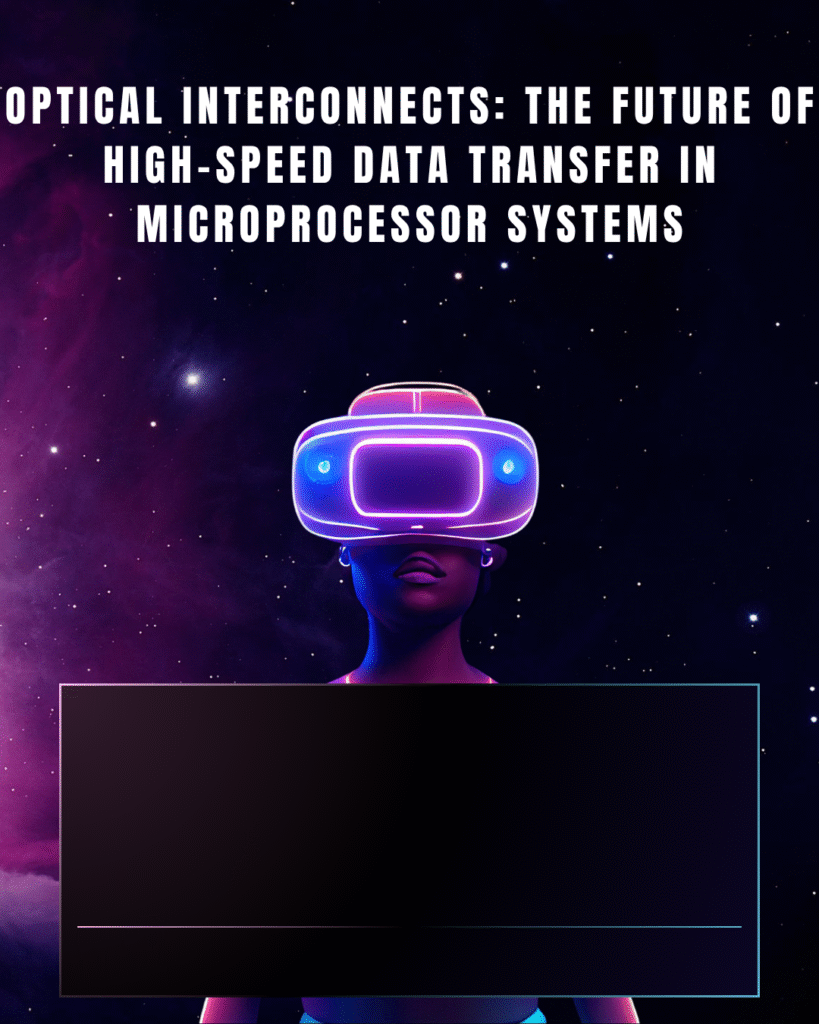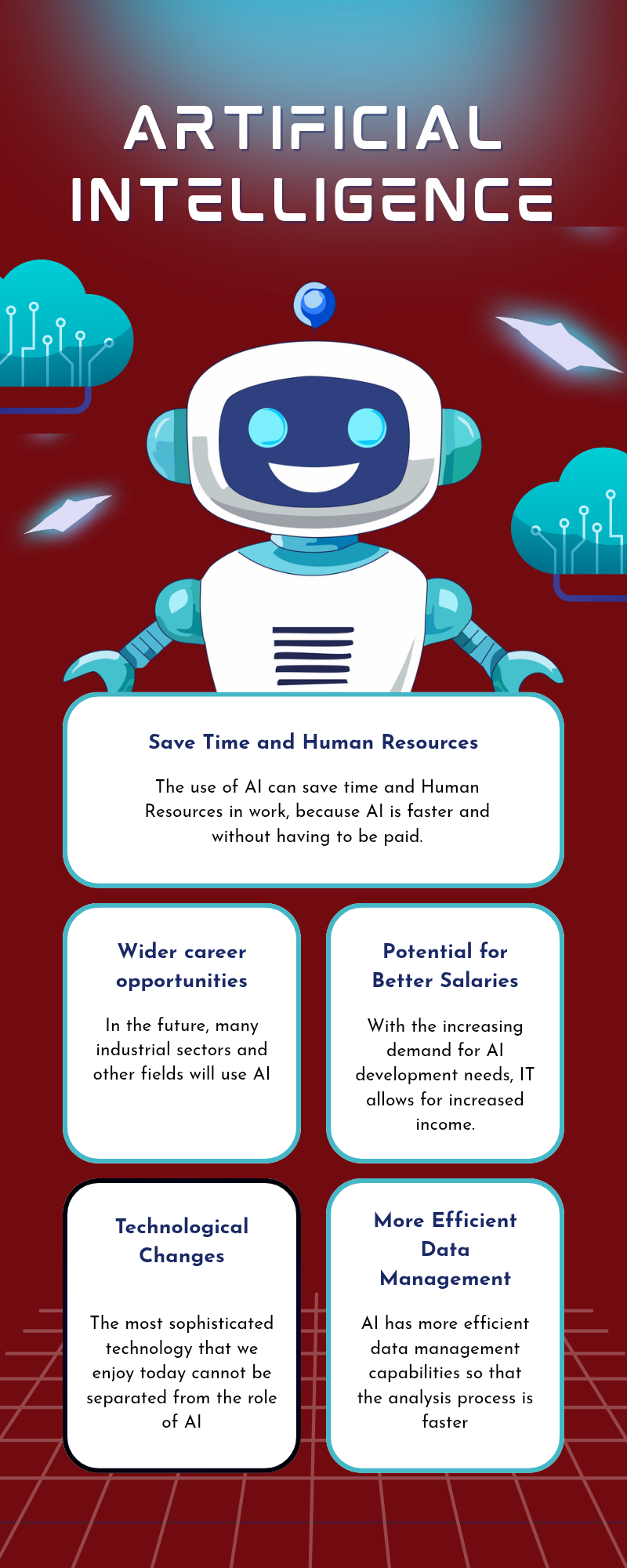
The relentless march of technological progress, famously encapsulated by Moore’s Law, has seen the number of transistors on a microchip double with astonishing regularity.
This has led to processors of unimaginable power, but a fundamental bottleneck threatens to stall this advancement: the aging infrastructure of copper interconnects.
As we push the boundaries of computing, the demand for faster, more efficient data transfer within and between chips is exposing the limitations of traditional electrical wiring.
Enter optical interconnects, a groundbreaking technology that uses light to transmit data, promising to shatter these limitations and usher in a new era of high-speed computing.
The Bottleneck: Why Copper Can’t Keep Up
For decades, copper has been the reliable workhorse for electrical connections on and between chips.
However, as chip components shrink and data rates soar, copper’s inherent physical properties are becoming a significant hindrance.

Videos are added as random thoughts 💭 💭 💭.
Electrical signals traveling through copper wires encounter resistance and capacitance, which leads to signal degradation, heat generation, and increased power consumption.
This “interconnect bottleneck” limits how fast data can be moved, creating a traffic jam on the information superhighway.
The problem is particularly acute for “global interconnects,” which are the long-distance communication pathways within a chip.
The International Technology Roadmap for Semiconductors (ITRS) has long identified this scaling issue as a major challenge for the semiconductor industry.
A Brighter Solution: The Power of Light
Optical interconnects offer a radical departure from traditional copper wiring by using photons (light particles) to carry information instead of electrons.
This fundamental shift in the data transfer medium brings a host of advantages that directly address the shortcomings of copper.
At its core, an optical interconnect system involves converting an electrical signal into an optical one using a light source like a laser or an LED.
This light signal then travels through a waveguide, such as an optical fiber, to a photodetector at the other end, where it is converted back into an electrical signal.
This process, while seemingly complex, unlocks a new dimension of performance.
The Unparalleled Advantages of Optical Interconnects
The benefits of switching from electrons to photons for data transfer are numerous and profound:
Blazing Speeds and Massive Bandwidth:
Light travels significantly faster than electrical signals in copper wires.
This allows optical interconnects to achieve vastly higher data transfer rates.
Modern optical interconnects can already reach speeds of 100 Gbps, a tenfold increase over their copper counterparts, with future advancements promising even greater speeds.
Furthermore, optical fibers offer a much larger bandwidth, meaning they can carry significantly more data at once.
Reduced Power Consumption and Less Heat: A significant portion of the power consumed by modern processors is dedicated to driving signals through resistive copper wires.
Optical interconnects are far more energy-efficient, especially over longer distances, as light signals experience less attenuation and don’t require the same level of amplification.
This translates to lower power bills and, crucially, less heat generation—a major challenge in densely packed electronic systems.
Studies have shown that all-optical networks in data centers can lead to energy savings of up to 75%.
Immunity to Interference and Enhanced Reliability:
Unlike electrical signals, light is immune to electromagnetic interference (EMI) and radio frequency interference (RFI).
This means that optical signals are cleaner and more reliable, free from the “crosstalk” that can corrupt data in closely packed copper wires.
This inherent reliability also makes them more resilient to temperature changes and moisture.
Longer Reach and Greater Flexibility:
Electrical signals degrade significantly over distance, limiting the reach of copper cables to a few meters without signal boosting.
Optical signals, on the other hand, can travel for kilometers with minimal loss, enabling new architectural possibilities for system design.
This allows for the physical separation of components like processors and memory, which is currently constrained by the limitations of electrical interconnects.
Miniaturization and Increased Density:
Optical fibers are thinner and lighter than copper cables, allowing for a much higher density of connections in the same amount of space.
This is a critical advantage as chip designs become increasingly complex and crowded.
The Road Ahead: Challenges and Innovations
Despite their clear advantages, the widespread adoption of optical interconnects in microprocessor systems faces several hurdles.
The primary challenges include the high initial cost of implementation, the need for new manufacturing techniques to integrate optical components with silicon chips, and the development of efficient and compact light sources and detectors.
However, the pace of innovation in this field is rapid. Researchers and companies are making significant strides in several key areas:
Silicon Photonics: This revolutionary technology aims to integrate photonic components directly onto silicon chips using standard semiconductor manufacturing processes.
This would dramatically reduce the cost and complexity of optical interconnects, paving the way for their mass adoption. Intel, for example, has demonstrated a fully integrated optical I/O chiplet co-packaged with a CPU.
Co-Packaged Optics (CPO): This approach involves placing optical components in the same package as the electronic chips, bringing the high-speed optical connections as close as possible to the processor.
This minimizes the distance data has to travel electrically, further reducing latency and power consumption.
Advanced Materials and Devices: Scientists are exploring new materials like graphene and developing novel nanophotonic structures to create even smaller, faster, and more efficient optical components.
The Future is Optical: A New Computing Paradigm
The transition to optical interconnects is not just an incremental improvement; it represents a fundamental shift in how we design and build computing systems.
The implications are far-reaching and will enable a new wave of technological innovation.
The insatiable data demands of artificial intelligence (AI), machine learning (ML), and big data analytics are pushing current data center architectures to their limits.
Optical interconnects are seen as a critical enabling technology for these data-hungry applications, allowing for the creation of more powerful and efficient AI clusters.
The rise of 5G networks and the Internet of Things (IoT) will also heavily rely on the high-bandwidth, low-latency capabilities of optical communication.
Beyond simply speeding up existing systems, optical interconnects will enable entirely new computing architectures.
The ability to connect vast numbers of processors and memory modules over longer distances will facilitate the development of disaggregated systems, where resources can be pooled and allocated on demand.
This could lead to more flexible, scalable, and efficient data centers.
Furthermore, the principles of optical interconnects are foundational to the development of futuristic technologies like optical computing and quantum communication.
In conclusion, while copper has served us well, its limitations are becoming increasingly apparent in the face of our ever-growing demand for data.
Optical interconnects represent the clear path forward, offering a future where data flows at the speed of light, unconstrained by the physical barriers of electricity.
The journey to fully realize this vision is ongoing, but the innovations in silicon photonics and co-packaged optics are rapidly turning this promise into a reality.
The future of high-speed data transfer is not just bright—it’s optical.
